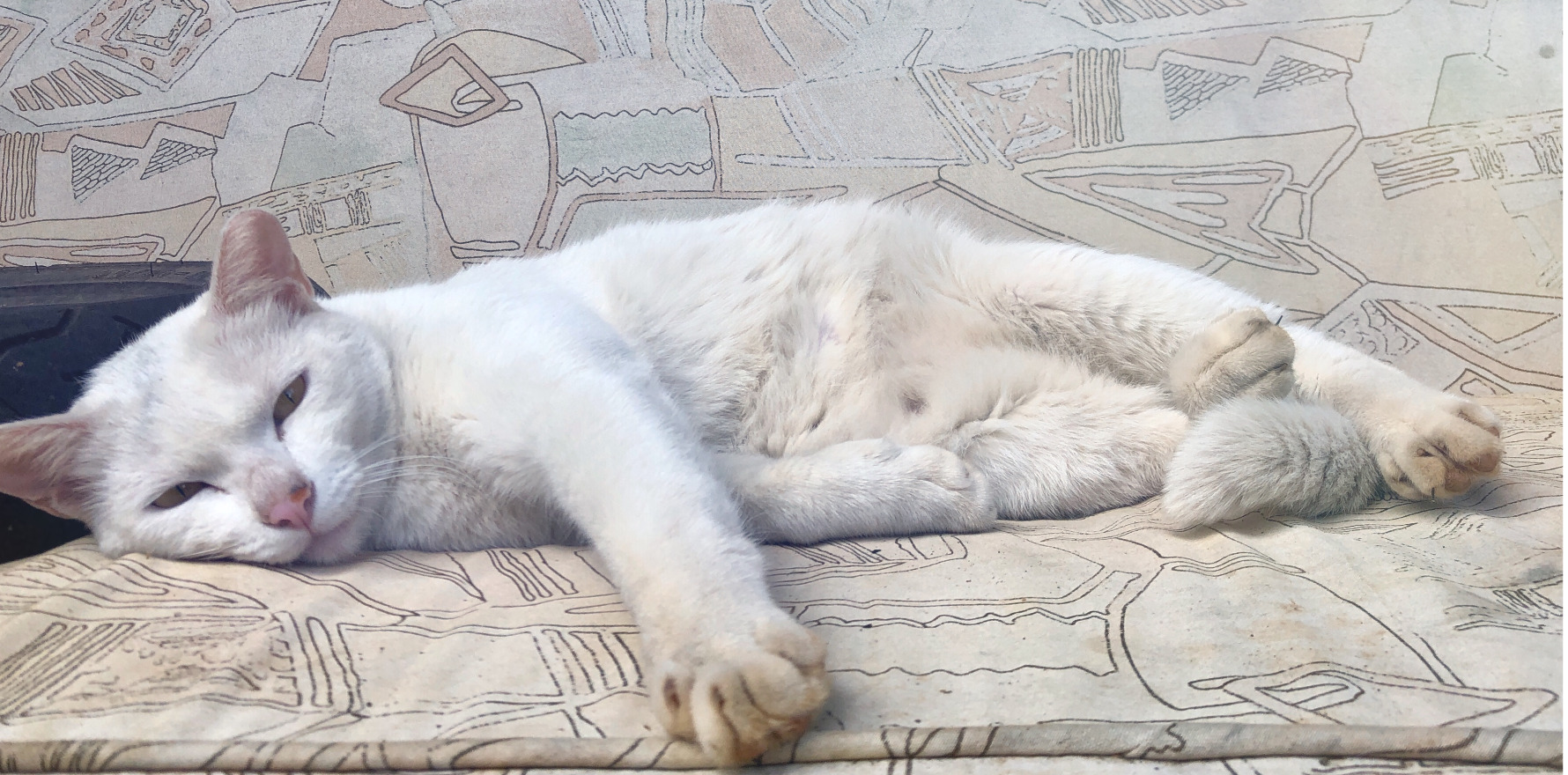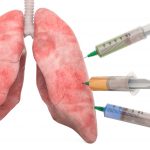In the first study of its kind, researchers and patients identify common exercise barriers and solutions for wider use in scleroderma patients.
Researchers looking at physical activity in patients with systemic sclerosis have identified solutions to common barriers affecting people with the condition, producing an interactive table of options that clinicians can adapt for their patients.
With symptoms such as fatigue and Raynaud’s phenomenon making exercise making difficult or uncomfortable, people with systemic sclerosis face barriers to physical activity in addition to those more typical of the general population, such as time pressure, motivation and environmental barriers.
Based on barriers and facilitators to physical activity already identified in this patient group, the aim of the current study, published in Arthritis Care & Research, was to determine the prevalence of barriers and perceptions about the usefulness of facilitators to help tailor physical activity recommendations to patients. The authors noted this is the first such study in a large scleroderma sample.
The online survey included 721 adults with scleroderma from a number of countries who were enrolled in the Scleroderma Patient-centred Intervention Network (SPIN) cohort.
When asked about current levels of physical activity, 61% said they exercised, with walking followed by conditioning exercises (weight training, pilates etc) the main forms of exercise. (Due to the way the data were collected, the authors noted they couldn’t readily compare the physical activity frequency/duration data with other populations, including the general population.)
Participants were given a list of 20 barriers, of which 14 were health and medical barriers, and the rest were social and personal, lifestyle and environmental reasons. Patients selected those they had experienced and rated their importance.
Patients were then presented with general facilitators and facilitators relevant to their own barriers and rated the likelihood of using them, also noting which ones they had tried.
For example, if the barrier was hand dexterity problems, a potential facilitator would be using adapted exercise equipment, such as wrist weights.
If fatigue was a barrier, facilitators include breaking exercise sessions into several short periods, taking rest breaks, having a nap during the day and timing exercise for when you have the most energy.
General facilitators were things like exercising with a partner or group with similar activity levels, eating at times suited to your exercise routine and setting manageable and realistic goals.
The most common barriers reported were Raynaud’s phenomenon, fatigue, joint stiffness and contractures, and difficulty grasping objects.
These were also among the most important barriers, along with shortness of breath, gastrointestinal problems, pain, muscle weakness, difficulty with mobility and lack of motivation.
Professor Susanna Proudman, rheumatologist and director of the Rheumatology Unit at the Royal Adelaide Hospital, has some patients in the SPIN cohort. She wasn’t overly surprised by the study findings, pointing out that this is a group of patients with considerable physical challenges.
However, she said, “I was perhaps surprised that motivation-related challenges did not feature more.”
The study authors have created an interactive Excel spreadsheet of barriers and corresponding facilitators, which can be adapted for use by clinicians trying to boost physical activity in scleroderma.
“Most of the facilitators are based on common sense and reflect the wide range of challenges faced by people with systemic sclerosis,” said Professor Proudman.
“High proportions of patients were prepared to try various facilitators, so encouraging people with systemic sclerosis to exercise may be more successful than you might think.”
Barriers and facilitators resource: osf.io/jxk2m/





